The opposition parties seem to be enjoying the spectacle of the SNP leadership contest.
As the first in almost 20 years, it is a rare event in Scottish politics.
For a party that has previously been criticised for being too disciplined, it’s unusual to see organised campaign groups within the SNP trying to score points off each other in the glare of publicity.
Labour, Tory and Lib Dem politicians give every impression of having stocked up on popcorn to binge watch the show.
It’s fair to say the last couple of decades haven’t yielded these parties much in the way of joy in Scotland, and so it would be churlish to deny them a bit of pleasure now.
However, they would be wrong to assume that the ending is guaranteed to be a happy one for them.
‘Passive role played by other parties’
Let’s start with the main problem opposition parties have had in Scotland ever since the SNP won office in 2007.
Their principal role has been viewers rather than doers, commentators and critics of action that has been directed by the SNP government.
If anything, the SNP’s election for a new leader and first minister of Scotland underlines and extends this essentially passive role played by these other parties.
After nearly 16 years of the same party being in power, and with the Scottish Government under pressure on a number of policy fronts, there is bound to be a public appetite for change of some sort.
The trick that the SNP could pull off is to use this internal contest to refresh itself, deliver such changes as are needed, maintain its pole position in Scottish politics and leave the opposition parties still gawping from the sidelines.
I’m not saying that’s exactly what will happen, but it’s possible.
Whether or not events do pan out in this way will largely come down to how the three candidates campaign and carry themselves, and the platform of proposals and new ideas upon which the winner is elected.
What is not in doubt is that the Scottish Government is going to be fundamentally different in a few weeks’ time.
There will be a revised policy agenda under the new first minister and big reshuffles in the wider ministerial team.
Not the least of these is John Swinney being replaced as deputy first minister, following his announcement last week that he will step down from government, after a long and widely-admired record of public service.
But back to the opposition parties.
‘Whatever happens, change is in the air’
A question springs to mind that comes from a line delivered by Sean Connery – playing officer Jimmy Malone – to Kevin Costner’s special agent Eliot Ness in The Untouchables: “What are you prepared to do?”
If they want to dislodge the SNP from dominance at the next Scottish Parliament election, what are they prepared to do?
The idea of any one of them supplanting the SNP seems fanciful, given how far behind they all are.
The Conservatives are currently the main opposition party but look set to slide down a snake at Holyrood rather than climb a ladder to the top.
It seems a tall order for Labour to go from third to first.
If the numbers supported it, would they countenance banding together, along with the Lib Dems, in a pan-unionist alliance to keep the SNP out?
My assumption is that any such move would be more likely to attract public opprobrium than approval.
If the SNP remained the largest party at the next election but without a majority of pro-independence MSPs, a link-up with Labour, rather than the Greens, could be an attractive option.
Whatever happens in future, change is in the air as spring approaches.
‘Reasonable position from Ash Regan on Stone of Destiny’
No stone is left unturned in the issues being discussed during the SNP’s leadership election.
There are even arguments about a stone: the Stone of Destiny, Scotland’s symbol of sovereignty, which is to be housed in the new Perth Museum next year.
Ash Regan, one of the candidates, said that if she became first minister she would block its temporary transfer to Westminster Abbey for the coronation of King Charles in May.
When Alex Salmond got the stone rolling on this right royal row, Ms Regan proposed that “aspects of the coronation ceremony involving the stone take place in Scotland so that it can be celebrated in its rightful place”.
It’s not an unreasonable position. After all, when the stone of Scone was taken to London in 1296, it was 700 years before we got it back again (barring a few months of liberation when Ian Hamilton and his friends retrieved it in 1950).
For his own reasons, Charles should announce that the stone will not be moved from Scotland, or play a role in his coronation.
If he is serious about wanting a modernised monarchy, placing his bahoochie above a slab of ancient sandstone is hardly the best start.
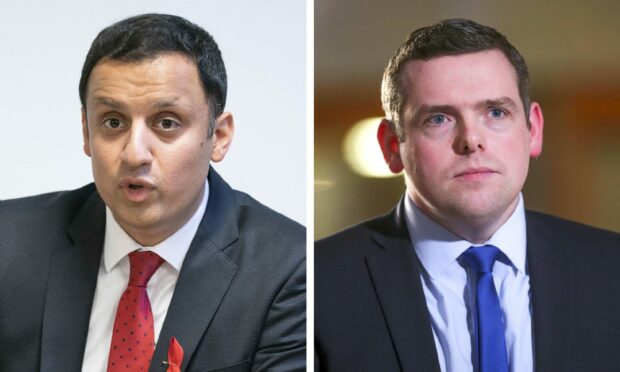
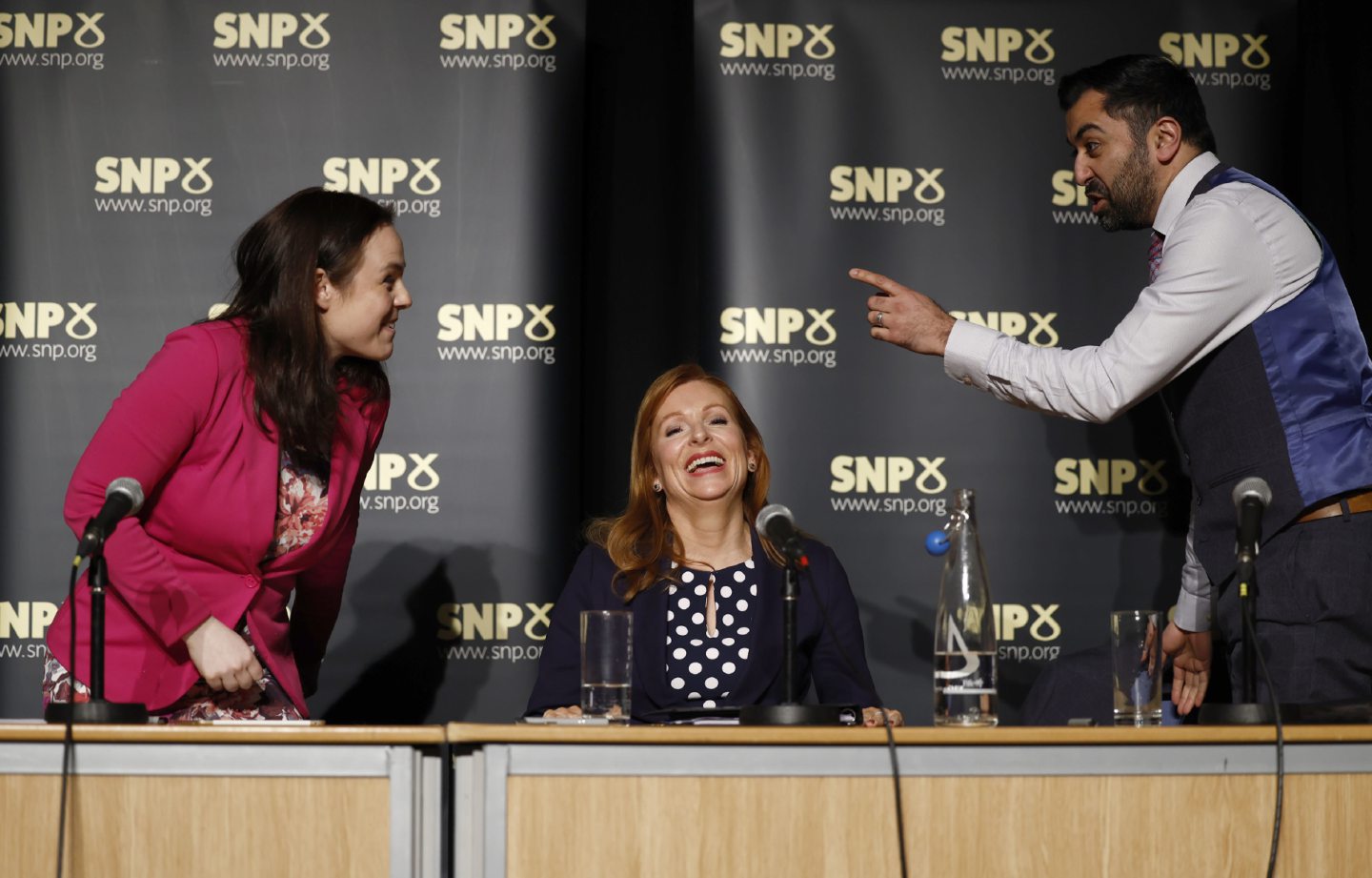


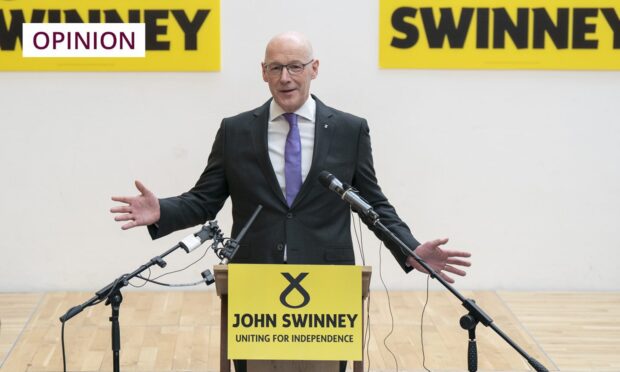
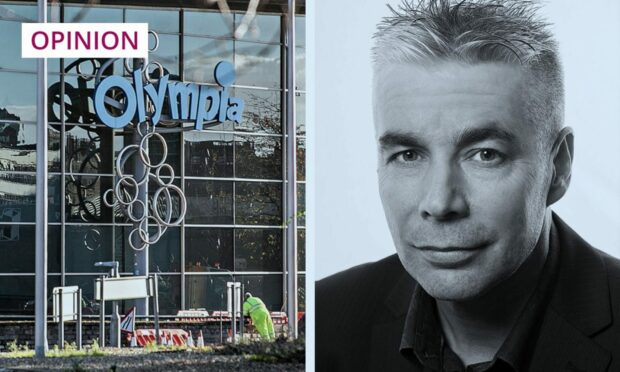

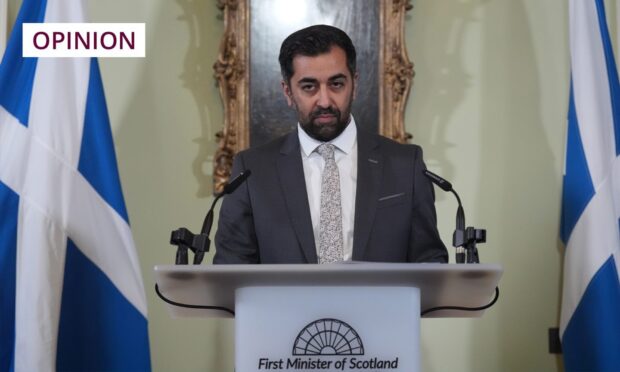

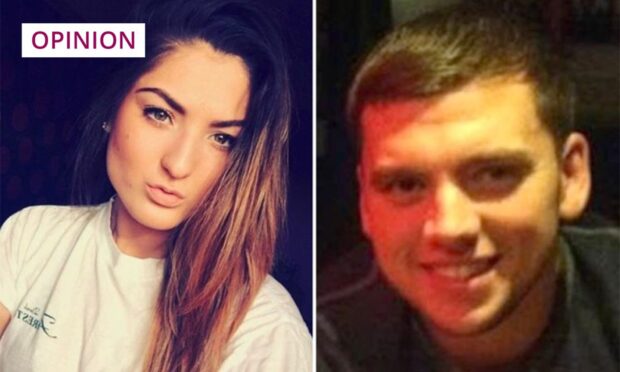


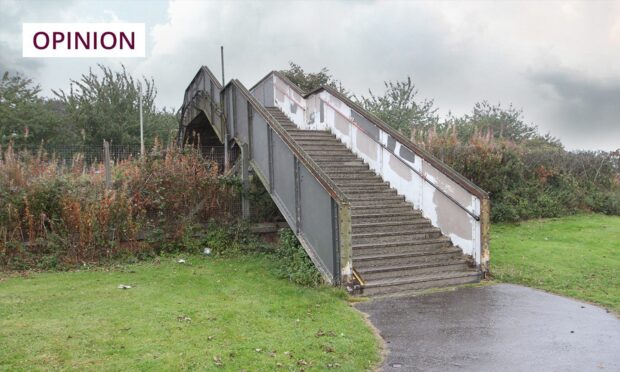
Conversation